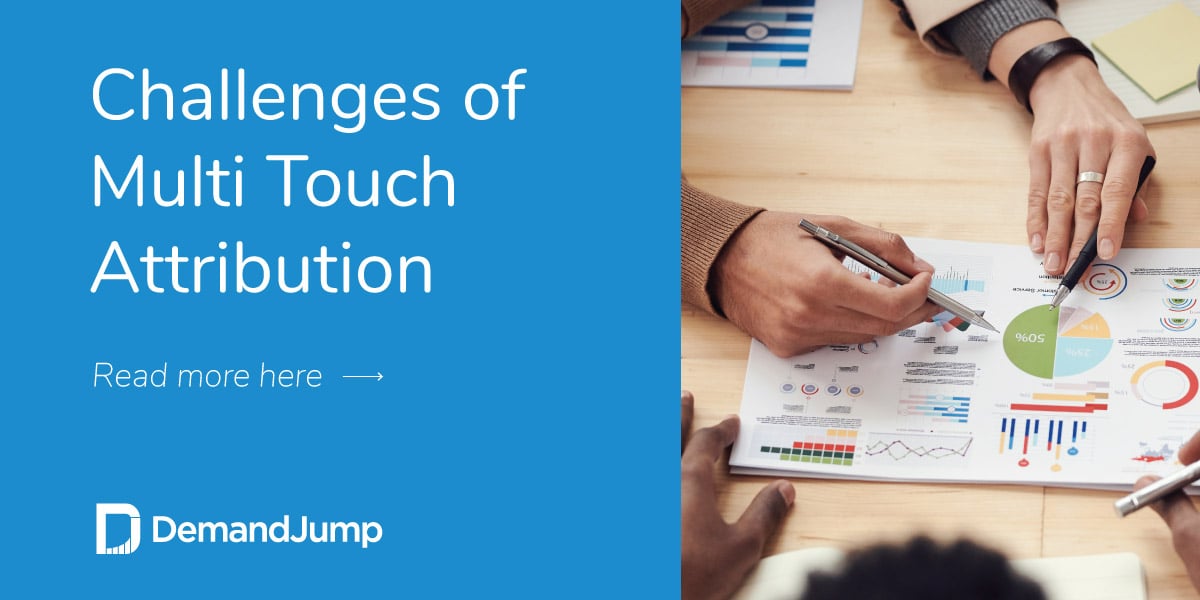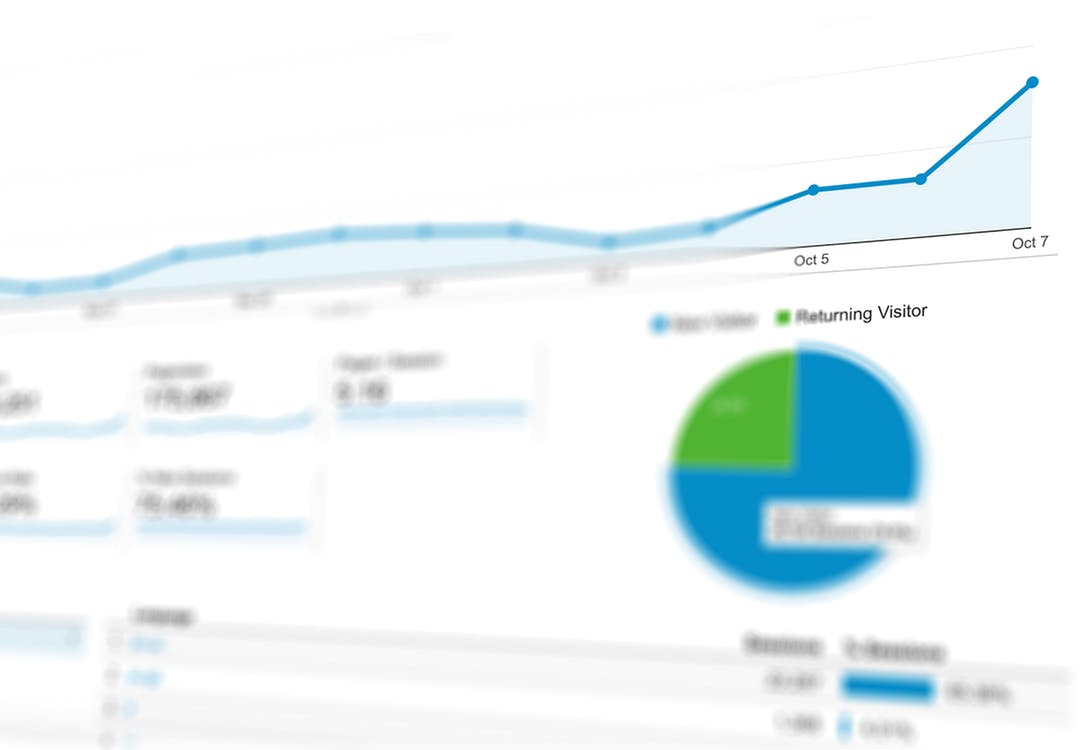

Here are some of the changing features in the attribution model: The Attribution Page Other than the campaigns, other aspects of this tool will operate the same as those of Primary Attribution. It is a sleek, new interface and robust suite of tools that make it easier than ever to track your campaign performance. Multi-touch Attribution is what we want to move into and focus on. Same Campaigns Powerful New Functionality This could run from small marketing initiatives to groups of campaigns that might require multiple touches. It will not just be about a single campaign touch or interaction of a lead with your company or brand, but it will allow you to see and attribute value to anything that is going on. The reason we are moving from Primary Attribution to Multi-touch Attribution is that we want to get more robust with attribution. This is an important thing to do because it helps you understand what is going on, such as where your leads are coming from and how they are interacting with any continuing marketing initiatives. You then take any of the conversion values like the revenue from an opportunity or the leads created, and you apply it to the primary campaign. This means that every single lead in the system has a primary campaign attribution, and it could be something like the first touch or the last touch. Up until now, campaigns in our marketing automation have been using what is called Primary Attribution. You want to know what is working and also to identify what is not working within the app. The real reason you are trying to report on your successes is to ensure that you are spending your resources and your efforts in the right place.

This is an essential part because you are trying to use the tool for tracking, and also to be able to report on your successes. The idea is to take some external integrations and track how people are interacting with your campaigns.Īfter you have established campaign membership, you want to be able to report on it. You can set up things like page rules or sourcing rules, or even use the automation engine. There are several ways to do that, and one of the main ways you can do it is to use inbound tracking rules. This is where you determine how individuals are attributed to your campaigns or applied to them. The first thing you would do is create the campaign and then add names and tags to it. If it’s something like digital advertisements or anything in the app that you are trying to attach to leads, you can configure tags to help you do this. Here, you identify any initiatives that you want to track.

Let’s take a quick look at how campaigns functioned previously Creating the Campaign We are looking to change that through Multi-touch Attribution. There is a traditional way in which campaigns have been carried out for the longest time. You want to give credit to each of those interactions, store them and then be able to apply that data. Each of those interactions is psychologically driving them to a conversion. When people interact with a brand, they have a lot of different exposures to that brand before they finally decide to make a conversion. We will dive more into attribution and our different attribution models. Spreading your conversions across multiple campaigns and getting a clear picture of what happened is what attribution is all about. This is crediting campaigns for their impact on conversions. A conversion is ultimately the end goal when you set up a marketing strategy Attribution

In this case, you are not just looking at your opportunities, but you can move and look at different possibilities across different directions. ConversionĪ conversion is any potential outcome of a campaign. This means that it works in the same way that your usual marketing campaigns do. The campaign function is very similar to what you are comfortable with, particularly in the context you can use it. It is the foundation and the starting point for a lot of the functionalities that our platform addresses. CampaignĪ campaign refers to any marketing campaign that you want to track and report on. This lets you know all the different moving parts and how you should apply yourself to each of them. The best way to understand Multi-touch Attribution is by defining its components at their most basic level. The Ingredients of Multi-Touch Attribution


 0 kommentar(er)
0 kommentar(er)
